The Mysterious Samurai Sword: Why Is Katana Still So Popular?
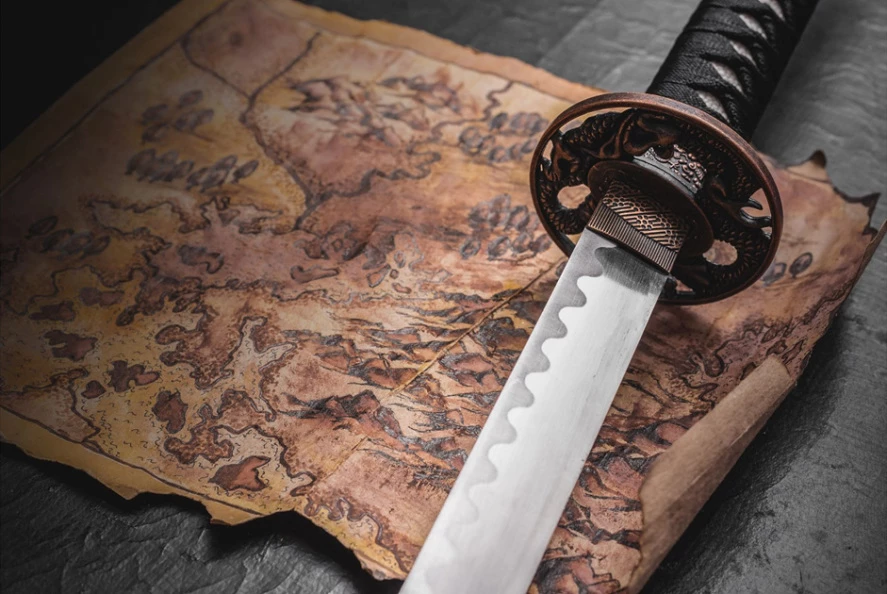
Contents
What is a Katana?
The katana is one of the traditional swords used by the samurai. It is a curved, single-edged sword, resembling European sabres. It consists of a curved blade with one edge (ha), a guard (tsuba) and a handle (tsuka).
The length of the katana was measured in a Japanese traditional unit, shaku (1 shaku = approx. 30.3 cm). The usual length of the weapon was two to three shaku. Along with the katana, samurai were also armed with a wakizashi short sword, or a personal dagger called tantō.
The first references to katanas date back to the 7th century AD, the so-called Heian period, which is considered Japan's “Golden Age” with traditional Japanese culture at its peak. However, it was not until the 15th century AD that katanas as we know from later eras began to appear.
DID YOU KNOW... The legend has it that the legendary blacksmith Amakuni Yasutsuna created the first katana-type sword in around 700 AD.
The Katana Swords as a Symbol of Japanese Tradition
For centuries, the katana (along with the wakizashi sword) has been seen as a symbol of the samurai tradition. In the Muromachi period (13th-15th centuries AD), katanas became an integral part of the samurai identity and equipment.
Gradually, the katana became a symbol of status, used only by the military elite. Tokugawa Ieyasu, one of the most famous shoguns who ruled in the early 17th century AD, was heard saying that the katana was an indispensable part of samurai's soul. Which is why the members of this specific social class always wore katanas with them, as if it were an integral part of their body.
DID YOU KNOW... the katana is still used in some martial arts today, such as kenjutsu, kendo or aikido?
In modern times, swords have gradually disappeared from everyday life. This was because firearms were developed and became more and more dominant, gradually replacing traditional swords. In 1876, an edict was issued in Japan that allowed only soldiers and police officers to carry and use katanas.
The new edict had far-reaching consequences, especially for sword smiths, who lost most of their income. Luckily, in 1906, two famous Japanese swordsmiths were appointed to work as court swordsmiths, thus preserving the tradition of making katanas for later generations.
DID YOU KNOW... katana swords also appeared in several films and books, making the weapon popular around the globe. One of the most famous pieces in which the katana frequently appears is Quentin Tarantino's Kill Bill (2003).
The Cost of Handmade Katana
Today, the craft of katana making is passed on by masters only to their chosen successors. Authentic katanas are mostly desired by wealthy collectors today and they cannot be easily bought in just any weapon shop.
If you fancy a handmade katana, it is best to contact companies that specialize in their production. The most renowned companies are based in Japan, the USA or Spain. And they often have enough orders for several years ahead.
It usually takes up to fifteen workers to produce a single katana, and the production process can take more than a year. The craftsmen and companies are thus paid very well for their work.
Specialist dealers offer katanas for the price of around 3500 to 4000 EUR. However, the price of the best quality katana swords can go up to 65,000 EUR, or even more. The final price depends not only on the complexity of the production process, but also, for example, on the reputation of the manufacturer.
DID YOU KNOW... that when choosing a katana, it is extremely important to know several technical parameters? Check out our article on How to Choose a Samurai Sword (Katana) to learn more.
4 Things You (Maybe) Do Not Know About Katana
Although the katana is one of the most famous swords in the world, its history is full of unusual and interesting facts. Here are five of them.
- The blacksmiths approached the production of the katana with the utmost seriousness. Before beginning the production process, they underwent a “purification ritual” which required abstinence from sexual activities or fasting.
- After World War II, the ownership and use of the katana was restricted by even stricter rules than at the end of the 19th century. Only a select few blacksmiths were allowed to make them, but they could only produce a limited number of katanas per year.
- At present, Japanese citizens are only allowed to own a katana under certain conditions. They must be members of the Japan Swordsmiths Association and prove that possession of the sword has historical or cultural value.
- Although the katana as we know it today has a curved blade, this was not always so. The first samurai used straight-bladed swords originating in China or Korea. Later on, these warriors learned about the advantages of curved blades, allowing them to fight more effectively from horseback.
Our Precision Crafted Japanese Katanas
Are you fascinated by Japanese culture? Or do you want to add another unique piece to your collection of cold weapons?
Check out our samurai swords, which will make a great addition to your collection.

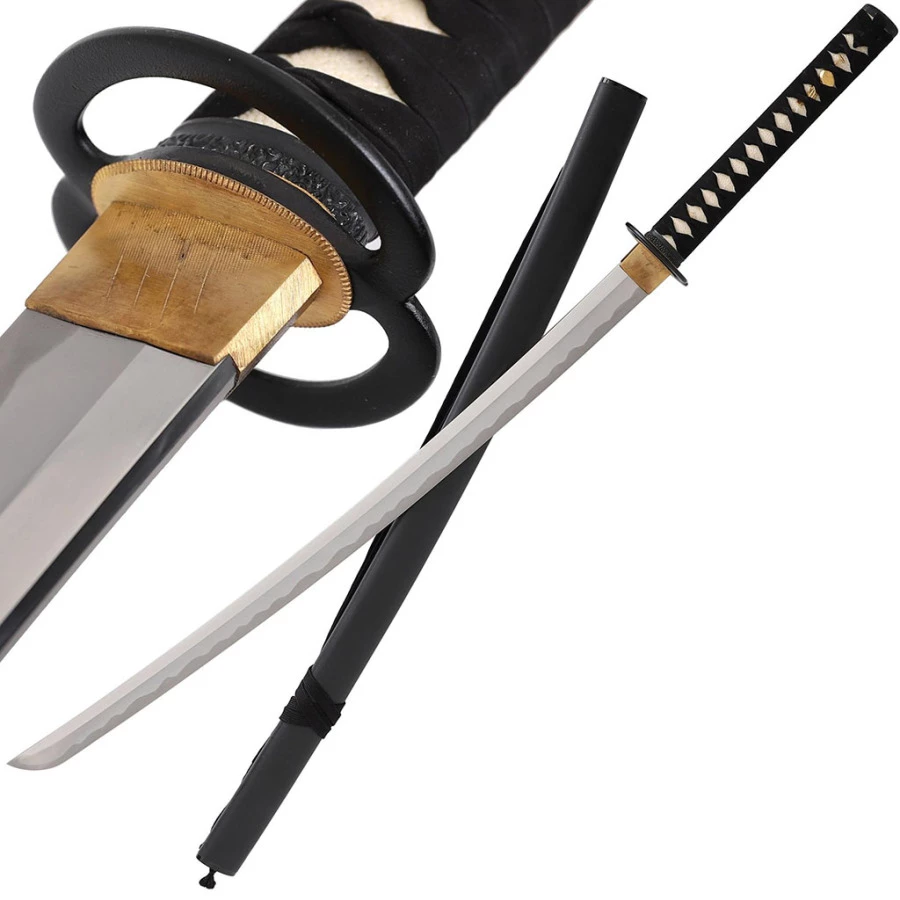
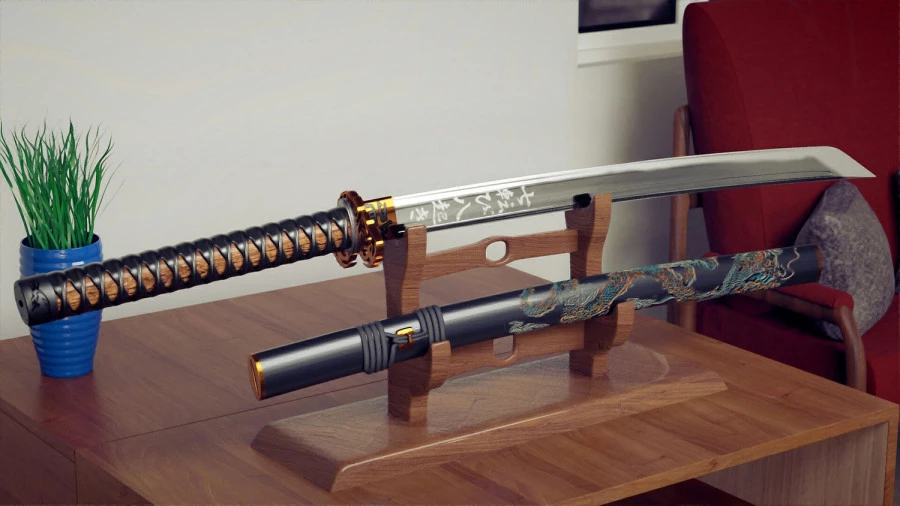
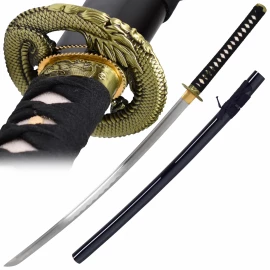
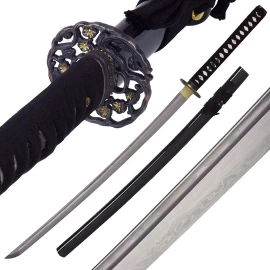
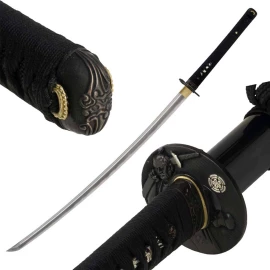
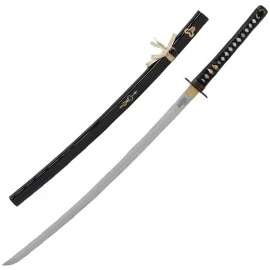
Comments